I am running Fuzzy C-Means Clustering using e1071 package. I want to decide the optimum number of clusters based on fuzzy performance index (FPI) (extent of fuzziness) and normalized classification entropy (NCE) (degree of disorganization of specific class) given in the following formula
where c is the number of clusters and n is the number of observations, μik is the fuzzy membership and loga is the natural logarithm.
I am using the following code
library(e1071)
x <- rbind(matrix(rnorm(100,sd=0.3),ncol=2),
matrix(rnorm(100,mean=1,sd=0.3),ncol=2))
cl <- cmeans(x,2,20,verbose=TRUE,method="cmeans")
cl$membership
I have been able to extract the μik i.e. fuzzy membership. Now, cmeans has to for different number of clusters e.g. 2 to 6 and the FPI and NCE has to be calculated to have a plot like the following
How can it be achieved in R?
Edit
I have tried the code provided by @nya for iris dataset using the following code
df <- scale(iris[-5])
FPI <- function(cmem){
c <- ncol(cmem)
n <- nrow(cmem)
1 - (c / (c - 1)) * (1 - sum(cmem^2) / n)
}
NCE <- function(cmem){
c <- ncol(cmem)
n <- nrow(cmem)
(n / (n - c)) * (- sum(cmem * log(cmem)) / n)
}
# prepare variables
cl <- list()
fpi <- nce <- NULL
# cycle through the desired number of clusters
for(i in 2:6){
cl[[i]] <- cmeans(df, i, 20, method = "cmeans")
fpi <- c(fpi, FPI(cl[[i]]$membership))
nce <- c(nce, NCE(cl[[i]]$membership))
}
# add space for the second axis label
par(mar = c(5,4,1,4) + .1)
# plot FPI
plot(2:6, fpi, lty = 2, pch = 18, type = "b", xlab = "Number of clusters", ylab = "FPI")
# plot NCE, manually adding the second axis
par(new = TRUE)
plot(2:6, nce, lty = 1, pch = 15, type = "b", xlab = "", ylab = "", axes = FALSE)
axis(4, at = pretty(range(nce)))
mtext("NCE", side = 4, line = 3)
# add legend
legend("top", legend = c("FPI", "NCE"), pch = c(18,15), lty = c(2,1), horiz = TRUE)
The minimum values of fuzzy performance index(FPI) and normalized classification entropy (NCE) were considered to decide the optimum number of clusters. NCE is always increasing and FPI is showing the decreasing value. Ideally it should have been





